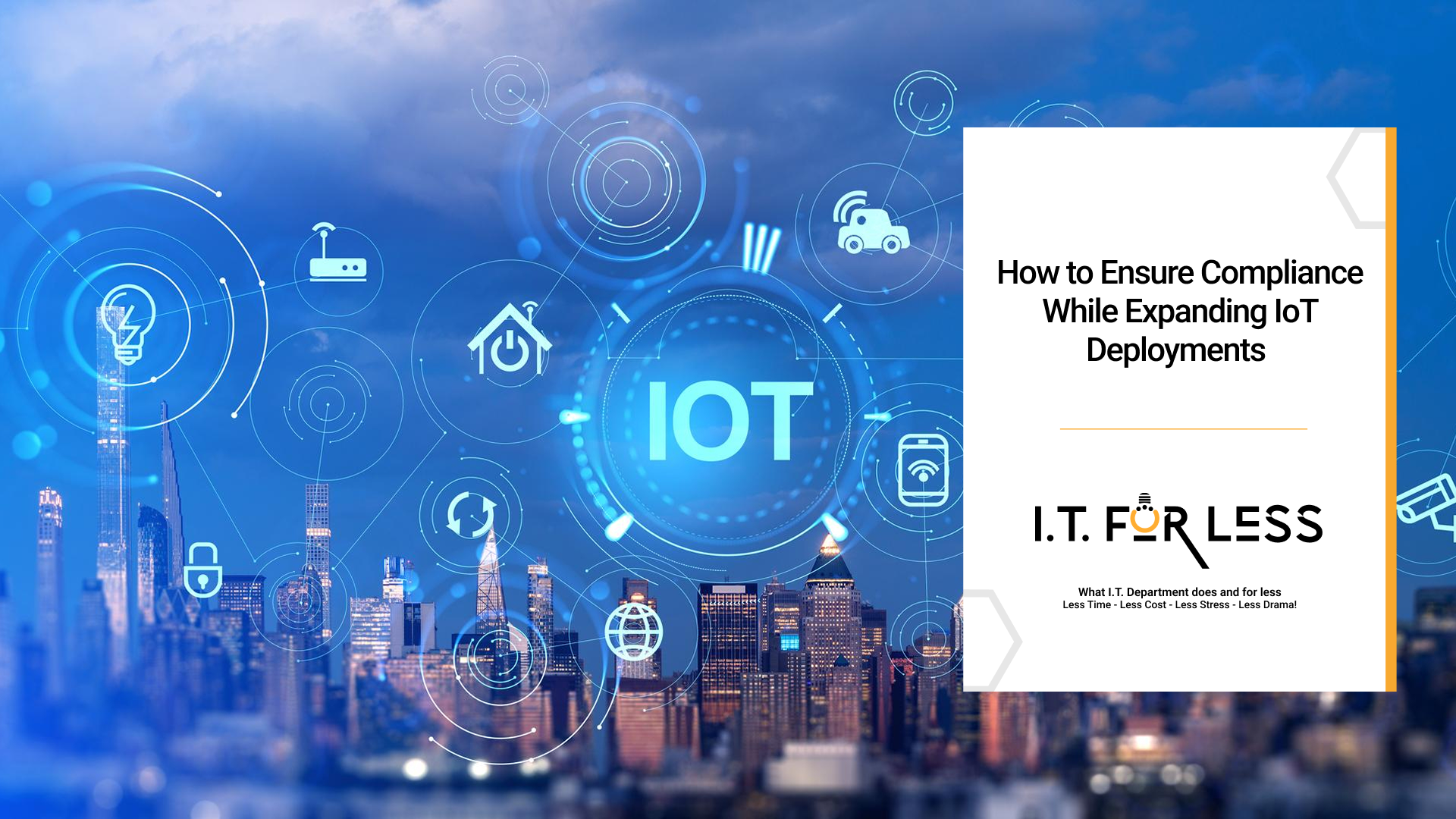As businesses scale their IoT initiatives, the opportunities for efficiency, innovation, and growth are immense. But with expansion comes responsibility. Each new IoT device increases the flow of sensitive data, the number of endpoints to secure, and the risk of falling out of compliance with regulations. For enterprises in industries like healthcare, finance, and manufacturing, ensuring compliance is just as critical as driving innovation.
Why Compliance Matters in IoT
Regulatory frameworks such as GDPR, HIPAA, CCPA, and PCI-DSS hold businesses accountable for how they collect, store, and use data. Non-compliance can lead to legal penalties, reputational damage, and customer distrust. In the context of IoT, compliance is especially complex because devices often operate across networks, geographies, and vendors.
Key Steps to Ensure Compliance in IoT Deployments
1. Map and Classify Your Data
Understand what data your IoT devices collect, where it flows, and how it’s stored. Classifying data—personal, financial, or operational—helps you apply the right compliance controls from the start.
2. Implement Secure Device Onboarding
Every IoT device should be authenticated before it joins your network. Use unique digital identities, secure APIs, and certificate-based onboarding to prevent unauthorized access.
3. Apply Encryption Everywhere
Ensure data is encrypted in transit and at rest. This minimizes the risk of breaches, especially when devices transmit sensitive information over public networks.
4. Enforce Access Controls and Monitoring
Adopt a zero-trust security model where no device or user is trusted by default. Use role-based access, continuous monitoring, and anomaly detection to spot unusual activity in real time.
5. Stay Aligned with Industry Standards
Adopt frameworks such as:
- NIST Cybersecurity Framework for baseline best practices
- ISO/IEC 27001 for information security management
- ISA/IEC 62443 for industrial IoT security
These standards provide a structured approach to compliance across industries.
6. Regular Audits and Vendor Assessments
Compliance is a continuous process. Run periodic audits, penetration testing, and review vendor security policies. Ensure that third-party IoT providers meet your compliance requirements.
7. Build Compliance into the Design
Instead of treating compliance as an afterthought, integrate it from the planning phase. This “compliance by design” approach reduces risks and future retrofitting costs.
Conclusion
Expanding IoT deployments unlocks powerful opportunities for business growth—but only if compliance keeps pace. By proactively mapping data, securing devices, enforcing access controls, and following regulatory frameworks, enterprises can scale IoT securely and confidently.
Partner with I.T. For Less today and take the first step toward building a compliant IoT strategy that grows as effortlessly as your business ambition.
